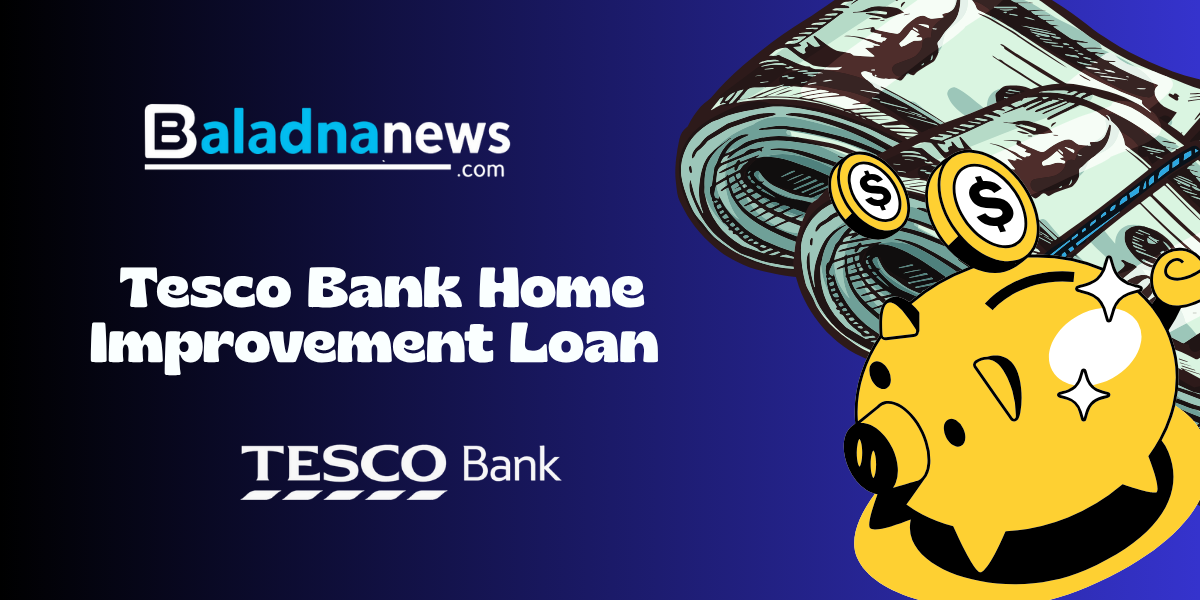
Peer-to-peer lending has revolutionized the way individuals and small businesses access capital, bypassing traditional banks and financial institutions. Yet with great opportunity comes significant responsibility. By proceeding with awareness and solid planning, you can harness the power of P2P loans while safeguarding your investments.
In this article, we explore the mechanics, benefits, inherent risks, and practical strategies for making informed decisions in the P2P market. Whether you’re a prospective lender seeking higher yields or a borrower exploring alternative financing, clear guidance will empower you to navigate this dynamic landscape.
At its core, peer-to-peer lending is an online marketplace where individuals lend money directly to other people or businesses. Platforms facilitate matchmaking, setting interest rates, and handling payment flows.
Borrowers often turn to P2P platforms when they can’t secure traditional bank loans or when they seek more flexible financing options. Lenders deposit funds, evaluate borrower profiles—either manually or via algorithmic scoring—and allocate capital across selected loans.
Embracing P2P lending can unlock unique advantages, especially for those willing to accept calibrated risk:
Every financial opportunity brings its share of challenges. Understanding these risks is essential before committing funds:
Additional considerations include inflation risk, tax and regulatory changes, cybersecurity threats, and currency fluctuations for cross-border lending. No government deposit insurance covers P2P loans, so lenders assume full exposure.
Mitigating risk requires deliberate action. Below are key strategies to build resilience into your P2P portfolio:
These practices can significantly reduce your exposure while preserving the attractive yields P2P lending offers.
Striking the right balance between reward and risk is essential. Begin by assessing your personal risk tolerance and financial goals. Are you seeking steady supplemental income, or are you prepared for volatility in pursuit of higher yields?
Allocate a portion of your overall portfolio to P2P lending—never invest money you cannot afford to lose. By treating P2P loans as one component of a diversified strategy, you can capitalize on their strengths without jeopardizing your financial foundation.
Regularly review platform performance, borrower repayment patterns, and macroeconomic indicators. Adjust your exposures—adding new loans, reinvesting repayments, or withdrawing funds—based on evolving conditions. Stay informed through platform newsletters, industry reports, and peer communities.
Peer-to-peer lending stands at the intersection of innovation and opportunity. It offers a way for lenders to earn competitive returns in a low-yield world and for borrowers to secure funds more readily than through conventional banks.
Yet this promise is tempered by real risks. By embracing thorough due diligence and strategic diversification, you can mitigate default and platform failures. Maintaining agility—adapting to changing regulations, market conditions, and borrower quality—further strengthens your position.
Ultimately, successful P2P lending is not a leap of faith but a calculated journey. With clarity on terms, disciplined risk management, and ongoing learning, you can navigate this dynamic marketplace and harness its potential responsibly.
Take the first step today: explore reputable platforms, outline your risk parameters, and begin building a peer-to-peer portfolio grounded in caution and clarity.
References













